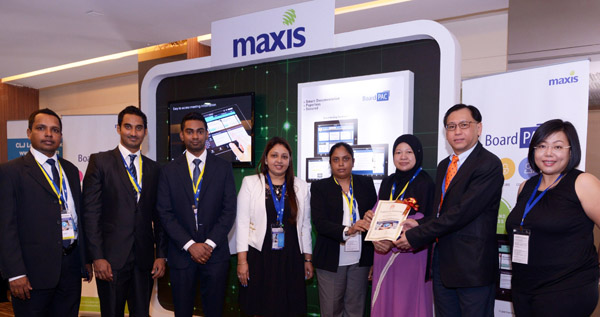
WHY SHOULD SRI LANKAN DEVELOPERS INVEST ABROAD?
Lamudi Sri Lanka Identifies International Potential for Sri Lankan Developers
Several international projects such as One Galle Face by Shangri-La, ITC Colombo, Altair and Hyatt Regency are on the rise around Sri Lanka due to the increasing demand for real estate and tourism.
However, most domestic developers have focused only on the local market and have not utilised the opportunities of the international market efficiently. Does this mean that Sri Lanka has the potential to invest in other countries?
The answer to that question is, “Yes! It does”. The nation has a strong cluster of developers who are currently developing both mid-ranges to luxury projects around the country. It may be slightly early, but it is the right time to take the initial step into the international market.
South Korea and the Philippines are two of the nations that are currently considered as the world’s leading emerging nations. Investing in these countries would provide an opportunity for a longer term inward remittance for Sri Lanka, as a whole, as well as the development firm.
The Philippines is similar to Sri Lanka in terms of GDP with growth rate of over seven percent. The country is currently a platform for several international real estate developments. According to data obtained from Lamudi Philippines, the current average condominium price per square feet in main cities such as Manila, Makati and Quezon City range between 8,800 pesos (LKR 26,500) and 12,900 pesos (LKR 38,700) which is almost equivalent to the average luxury condominium price range in central Colombo.
As stated in a report published by Jones Lang LaSalle in August 2014, luxury condominiums in central Colombo range between LKR 35,000 and LKR 45,000 per square feet. This indicates that local developers who construct mid-range housing in Sri Lanka could benefit with higher returns by investing similar projects simultaneously in the Philippines. Although, there will be additional barriers to entry such as laws, competition and cost of construction.
The Sri Lankan government is actively inviting international investors to notice the potential of Sri Lanka’s very own real estate market in an attempt to create more inward remittances. However, local developers investing in nations with an appreciating currency are also a potential for increased inward flow of funds.
South Korea is a nation with an appreciating currency that also has a growing demand for commercial real estate. Between the last two quarters of 2014, South Korea noticed a 100 percent increase in direct commercial real estate investment.
An added benefit of investing in other nations would be ownership of property. Although, this benefit is quite rare, it is one of the most rewarding investment options. Over the past ten years many third world countries have begun to shine around the globe.
Investing in a developing nation, specific to the ones with a growing population, GDP, technology, tourism and infrastructure developments would provide better returns, either through resale or development of a project, when the real estate market life cycle steps into the growth stage.


